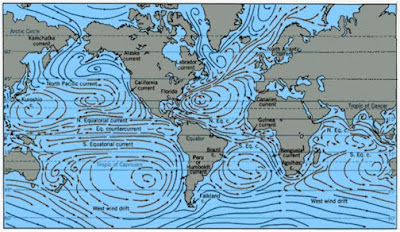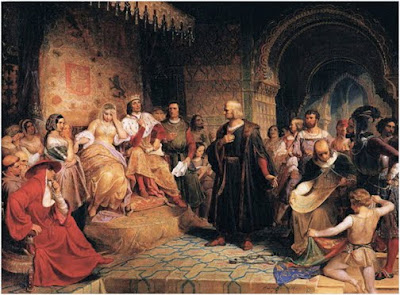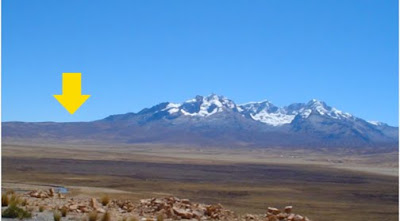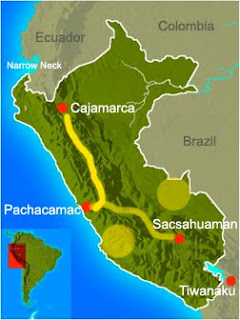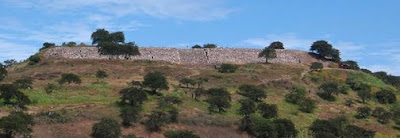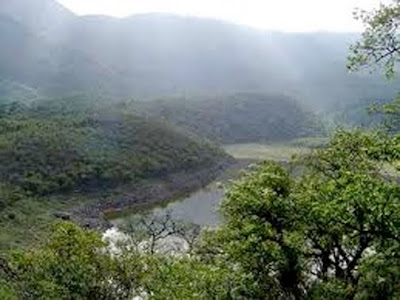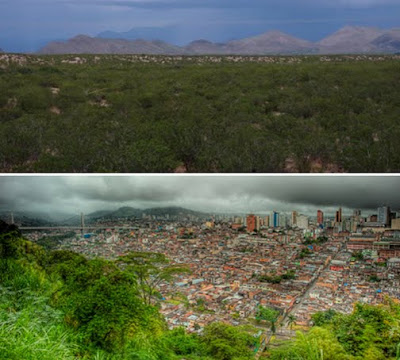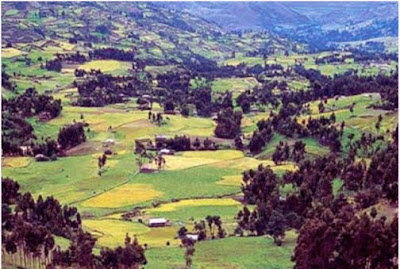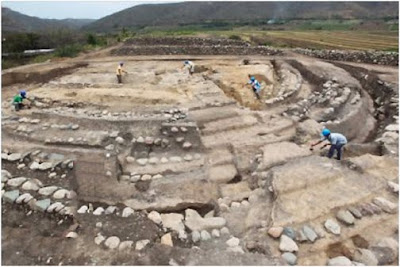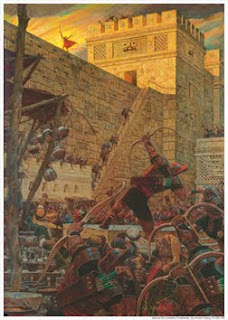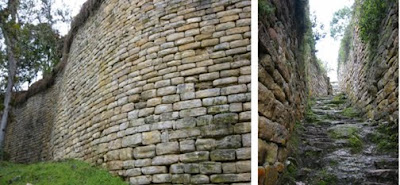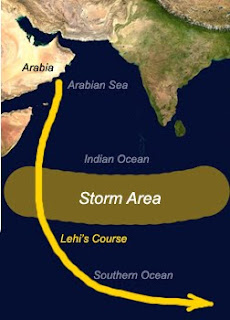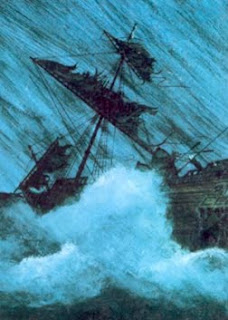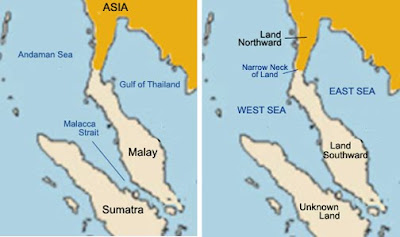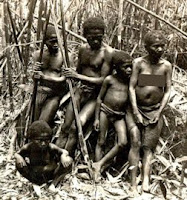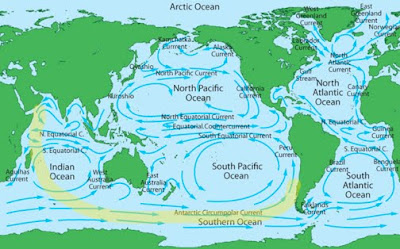The Jaredites, after a war that left only a handful of people in the land (Ether 9:12), multiplied until “the people had spread again over all the face of the land” (Ether 9:26). Later, “the people began again to spread over all the face of the land. (Ether 10:4), and still later, “the whole face of the land northward was covered with inhabitants” (Ether 10:21). Helaman tells us that when the Nephites went into the Land Northward, “they did multiply and spread, and did go forth from the land southward to the land northward, and did spread insomuch that they began to cover the face of the whole earth, from the sea south to the sea north, from the sea west to the sea east” (Helaman 3:8).
Thus, the entire Land of Promise, from the south where Lehi landed, to the north, where the waters of Ripliancum flowed, the land is described as filled with people. We might even today say that the State of Utah is filled with people, but California is more filled with people, and that the entire United States, from border to border and sea to sea, is filled with people.
However, some have interpreted the land of Promise “filled with people” to mean that the entire land was full of people, but this is not the meaning of the phrase. This statement merely means that people were found in every quarter of the land and that there was no significant place where people would not be found. It does not mean the land was crowded with people like, say, New York City is crowded with people.
 After the Jaredires were wiped out to the man, their bones lay on the ground because the battles were so swift and fierce, no one had a chance to stop and bury the dead (Ether 14:22) during the long wars that took place. And after the wars, no one remained alive to go back and bury the bodies. Ether wrote that “the whole face of the land was covered with the bodies of the dead” (Ether 14:21). But this does not mean that every square foot of space had a dead body on it, any more than the smell of the dead “bodies of both men, women, and children strewed upon the face of the land, to become a prey to the worms of the flesh. And the scent thereof went forth upon the face of the land, even upon all the face of the land; wherefore the people became troubled by day and by night, because of the scent thereof” (Ether 14:22-23) was everywhere in the land—though it would have covered much of it, particularly where the people were that were left upon the land after so many had died.
After the Jaredires were wiped out to the man, their bones lay on the ground because the battles were so swift and fierce, no one had a chance to stop and bury the dead (Ether 14:22) during the long wars that took place. And after the wars, no one remained alive to go back and bury the bodies. Ether wrote that “the whole face of the land was covered with the bodies of the dead” (Ether 14:21). But this does not mean that every square foot of space had a dead body on it, any more than the smell of the dead “bodies of both men, women, and children strewed upon the face of the land, to become a prey to the worms of the flesh. And the scent thereof went forth upon the face of the land, even upon all the face of the land; wherefore the people became troubled by day and by night, because of the scent thereof” (Ether 14:22-23) was everywhere in the land—though it would have covered much of it, particularly where the people were that were left upon the land after so many had died.The point is, theorists who want to limit the land space of the Land Northward, cite these instances to claim that if “dead bodies were strewn all over the land, it must have been a small area,” and the same with the smell.
But the Land Northward was not small. It was sufficiently large, though smaller than the Land Southward, to house somewhere between 20 and 25 million at one time, based on the numbers Coriantumr cites of the dead in his own army: “there had been slain two millions of mighty men, and also their wives and their children” (Ether 15:1-2). Two million with close to a similar number of wives, and at least two children per couple for a total of 8 million in one army, and probably an equal number in Shiz’ army for 16million. If there were more than two children per family, and the Jaredites had large families, then the numbers could have been upwards of 20 to 25 million. And these numbers were before the events of gathering everyone in the land to their armies for the final battles (Ether 15:14-15,31)
Thus, to try and limit the size of the Land Northward to conform to a predetermined model is not justified. In Mesoamerica, Guatemala, as their Land Southward, is only 42,000 square miles—about 42% of the size of Nevada, and half the size of Utah. Yet, the populations of both sparsely populated states is just under 5.5 million. If you include the Yucatan, which the theorists’ do in the Land Southward, then there is another 67,000 square miles for a total of 109,000 square miles—which is the size of either Utah or Nevada.
It also might be stated that 25 million in the Land Northward would be the equivalent of both London and Beijing populations, and would be the 47th largest country in today’s world—larger than Australia, North Korea, or Taiwan, about the same size as all of Scandinavia, including Denmark, combined, and larger than Guatemala and Greece combined, and about the size of Guatemala, Honduras and El Salvador combined.
The point is, 25-million people would take up a considerable land space and certainly does not lend itself to the idea of a limited area as Mesoamerican and Great Lakes theorists try to make it.



